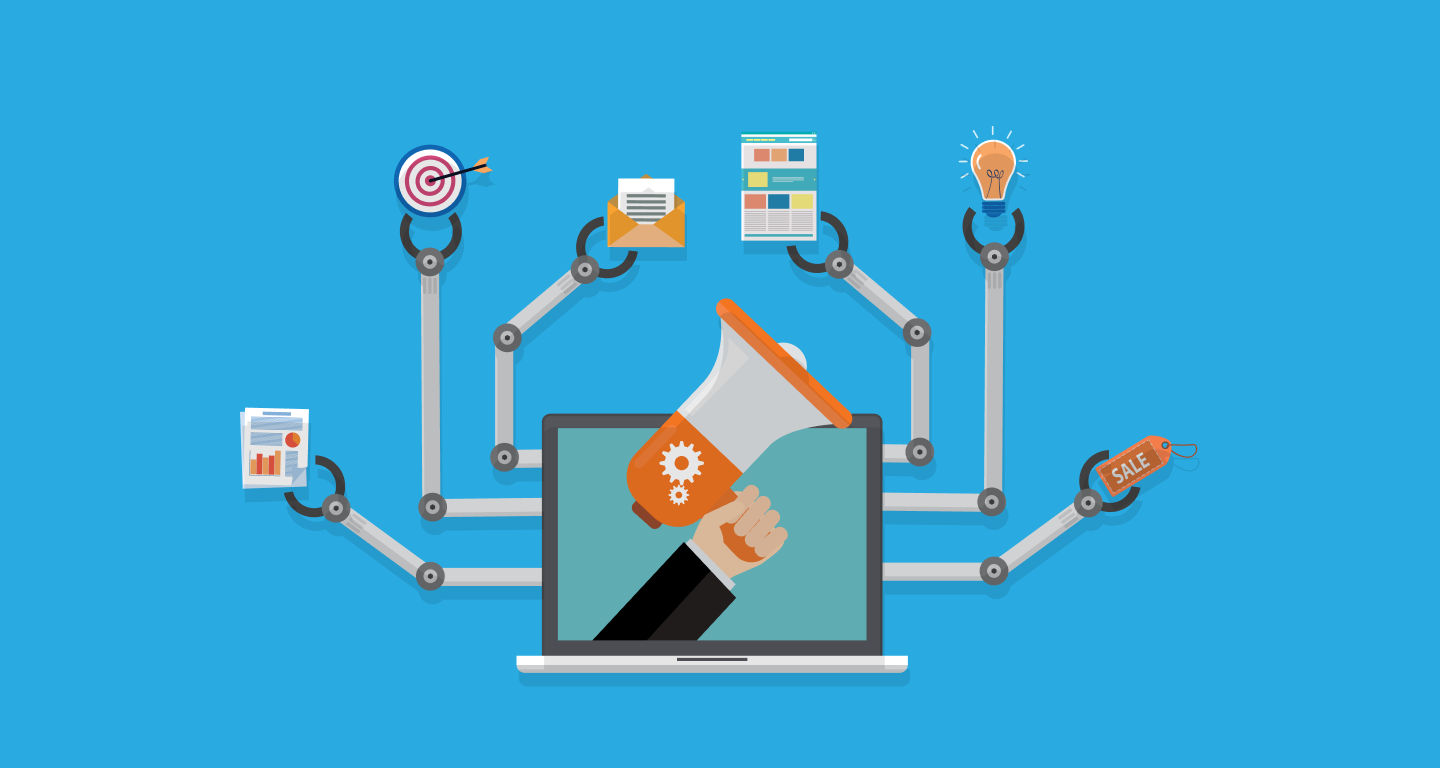Understanding Customer Segmentation in Marketing Automation
Customer segmentation is a pivotal strategy in marketing that involves dividing a broad customer base into smaller, more defined groups based on shared characteristics or behaviors. When integrated with marketing automation, segmentation becomes a powerful tool for delivering personalized experiences, optimizing marketing efforts, and enhancing overall customer engagement. This comprehensive article explores the concept of customer segmentation within the context of marketing automation, detailing its importance, methods, benefits, and best practices for effective implementation.
Introduction to Customer Segmentation
Customer segmentation is the process of categorizing customers into distinct groups based on similarities in demographics, behavior, preferences, or buying patterns. By segmenting customers, businesses can tailor their marketing strategies to meet the unique needs and interests of each group, thereby improving relevance and effectiveness of their campaigns.
Importance of Customer Segmentation in Marketing
Segmentation plays a crucial role in marketing strategy by enabling businesses to:
- Personalize Marketing Efforts: Deliver targeted messages and content that resonate with specific customer segments.
- Improve Customer Relationships: Build deeper connections and loyalty by addressing individual preferences and pain points.
- Enhance ROI: Optimize resource allocation by focusing efforts on high-value segments likely to yield the greatest return on investment.
- Increase Conversion Rates: Tailor offerings and incentives to match the buying behaviors and motivations of different segments.
Methods of Customer Segmentation
There are various methods and criteria for segmenting customers, including:
- Demographic Segmentation: Dividing customers based on age, gender, income, education, occupation, and other demographic factors.
- Behavioral Segmentation: Grouping customers by their purchasing behavior, usage patterns, brand interactions, loyalty status, or response to marketing campaigns.
- Psychographic Segmentation: Segmenting based on customers' lifestyles, values, beliefs, interests, and personality traits.
- Firmographic Segmentation: Relevant in B2B markets, segmenting based on company size, industry, location, revenue, and other organizational attributes.
Integrating Customer Segmentation with Marketing Automation
Marketing automation platforms facilitate the implementation of customer segmentation by:
- Data Collection and Integration: Consolidating customer data from various sources (CRM systems, website analytics, social media platforms) to create comprehensive customer profiles.
- Segmentation Criteria: Defining segmentation criteria and rules based on behavioral triggers, demographics, purchase history, engagement levels, and other relevant factors.
- Automated Workflows: Setting up automated workflows and campaigns that deliver personalized content, offers, and communications to different segments.
- Dynamic Content Personalization: Using dynamic content tools to customize email messages, landing pages, and advertisements in real-time based on segmentation criteria.
- Lead Nurturing: Implementing automated lead nurturing sequences that guide prospects through the sales funnel based on their segment-specific behaviors and interactions.
Benefits of Customer Segmentation in Marketing Automation
Implementing customer segmentation within marketing automation offers several advantages, including:
- Improved Targeting: Precision in targeting specific customer segments with relevant messaging and offers.
- Enhanced Engagement: Higher engagement rates due to personalized and timely communications.
- Increased Conversion Rates: More effective conversion of leads into customers through tailored marketing efforts.
- Cost Efficiency: Optimization of marketing spend by focusing resources on segments with higher potential ROI.
- Customer Retention: Strengthened customer relationships and increased loyalty through personalized experiences.
Best Practices for Effective Customer Segmentation
To maximize the benefits of customer segmentation in marketing automation, businesses should follow these best practices:
- Collect and Analyze Data: Gather comprehensive data from multiple touchpoints to create detailed customer profiles.
- Define Clear Segmentation Criteria: Develop specific and relevant segmentation criteria aligned with business objectives and customer insights.
- Regularly Update Segments: Continuously review and update segments based on evolving customer behaviors and market dynamics.
- Test and Iterate: A/B test segmentation strategies, messaging, and offers to optimize campaign performance and customer response.
- Integrate with CRM Systems: Ensure seamless integration between marketing automation and CRM systems for unified data management and customer tracking.
Case Studies and Real-World Examples
Include case studies or examples of businesses that have successfully implemented customer segmentation strategies through marketing automation. Highlight specific results, such as increased sales conversions, improved customer satisfaction, or enhanced marketing ROI, to illustrate the effectiveness of segmentation in driving business growth.
Challenges and Considerations
Discuss common challenges associated with customer segmentation in marketing automation, such as data privacy concerns, data quality issues, and maintaining segment accuracy over time. Provide recommendations for overcoming these challenges and implementing robust data governance practices.
Customer segmentation is a fundamental strategy in marketing automation that empowers businesses to deliver personalized experiences, improve targeting efficiency, and drive meaningful engagement with customers. By understanding the importance of segmentation, integrating with marketing automation platforms, leveraging data-driven insights, and following best practices, businesses can unlock the full potential of segmentation to achieve sustainable growth and competitive advantage in today's dynamic marketplace.






































